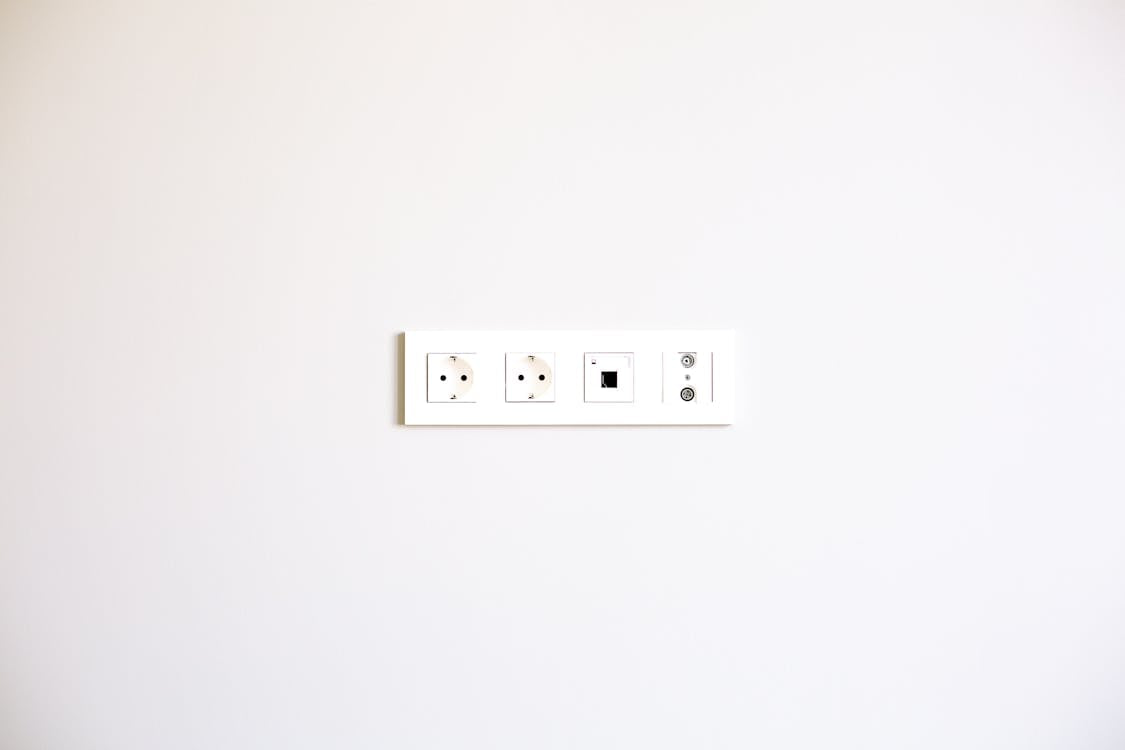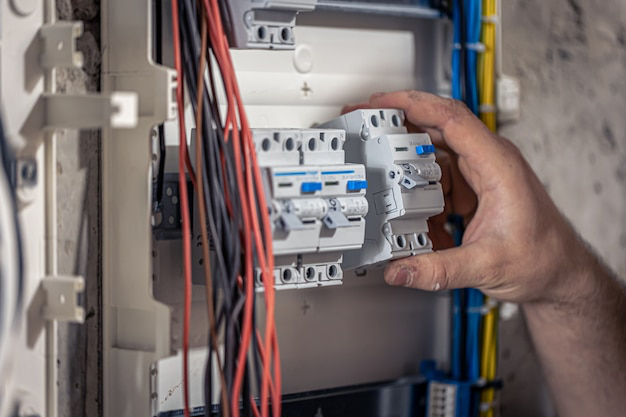GFCI outlets—short for Ground Fault Circuit Interrupters—are essential components in modern home electrical systems. These devices are designed to protect you and your family from electrical shock, especially in areas where water is present. Whether you’re remodeling your home or upgrading for safety, a licensed residential electrician can help install or inspect GFCI outlets to ensure your home meets current codes and safety standards. Here’s what you need to know about these life-saving outlets—and where you’re required to have them.
What Is a GFCI Outlet?

A GFCI outlet is designed to monitor the flow of electricity through a circuit. If it detects any imbalance—such as current flowing through water or a human body—it cuts the power in a fraction of a second. This rapid response greatly reduces the risk of electrical shock, which can be fatal in wet or damp conditions.
You can identify a GFCI outlet by the presence of “Test” and “Reset” buttons between the sockets. These allow you to manually test that the outlet is functioning correctly and reset it if it trips.
Why Are GFCI Outlets Important?
GFCI outlets serve a vital safety function. According to the Electrical Safety Foundation International (ESFI), ground faults are responsible for a significant number of home electrical injuries and fatalities each year. A properly functioning GFCI outlet can stop a dangerous electric shock before it causes serious harm.
They also help prevent fires that may be caused by electrical faults, especially in older homes where the wiring may not meet modern standards. A professional residential electrician can assess whether your home’s current outlets provide adequate protection.
Where Are GFCI Outlets Required?
GFCI outlets are required by the National Electrical Code (NEC) in specific areas of the home—primarily where water and electricity may come into contact. These areas include:
- Bathrooms:Any outlet within a bathroom must be GFCI-protected.
- Kitchens:GFCIs are required for outlets above countertops and near sinks.
- Laundry Rooms:Outlets within six feet of a sink must have GFCI protection.
- Garages and Basements:All outlets in these areas must be GFCI-compliant.
- Outdoors:All exterior outlets, regardless of location, must be GFCI-protected.
- Crawl Spaces and Unfinished Basements:GFCI outlets are mandatory here as well.
Even if your home was built before these codes were enacted, upgrading to include GFCI outlets is highly recommended.
How Often Should GFCI Outlets Be Tested?
To ensure your GFCI outlets are working properly, it’s important to test them monthly. Simply press the “Test” button—this should cut off power to anything plugged into the outlet. Then, press the “Reset” button to restore power. If the outlet doesn’t trip or reset, it may be time for a replacement.
A qualified residential electrician can perform a full inspection and recommend replacements if necessary.
Conclusion
GFCI outlets are a simple yet powerful upgrade that can dramatically increase the safety of your home. Whether you’re planning a renovation or just want peace of mind, hiring a residential electrician to install or inspect your GFCI outlets is a smart move. These small devices play a big role in preventing electric shock and fires—making them a must-have for every modern home.
Keep Your Home Safe with GFCI Outlet Installation from Mr. Prime Electrical
Trust our residential electrician team for expert GFCI outlet installation. Serving Burlingame, South San Francisco, and East Palo Alto—your safety starts with Mr. Prime Electrical. Call today for professional service!


